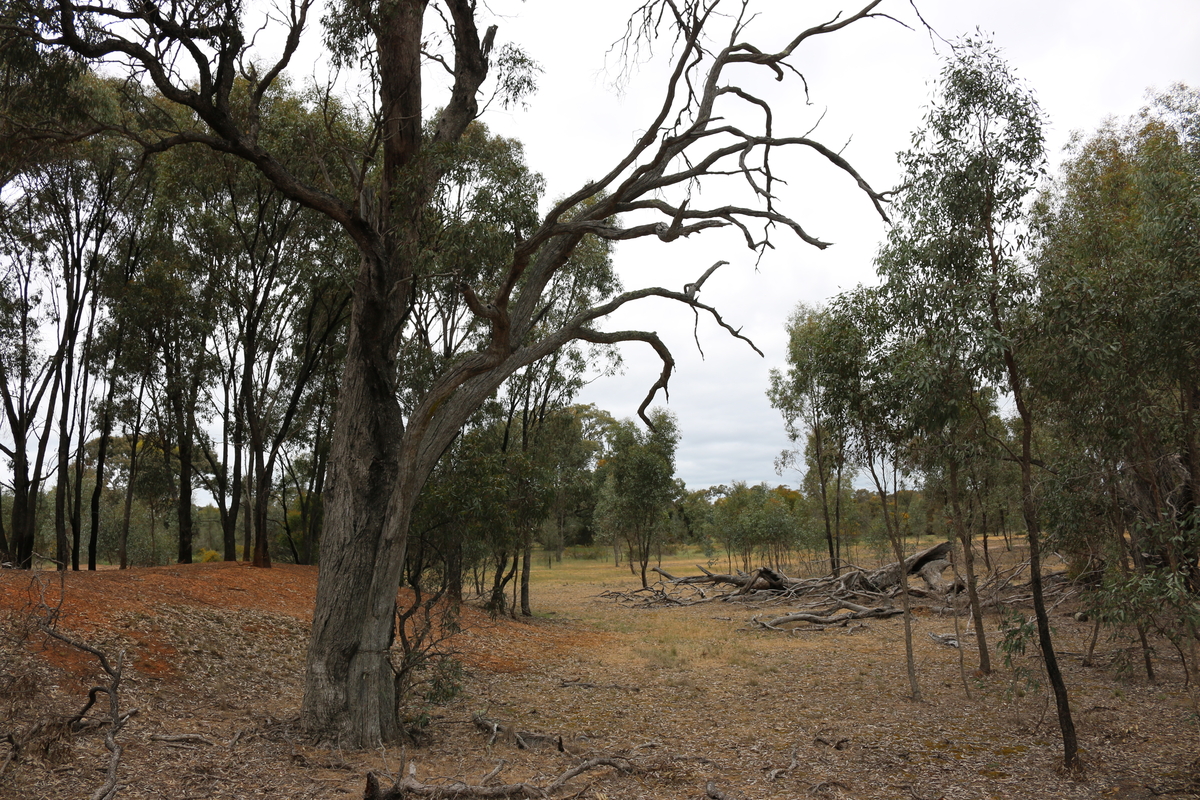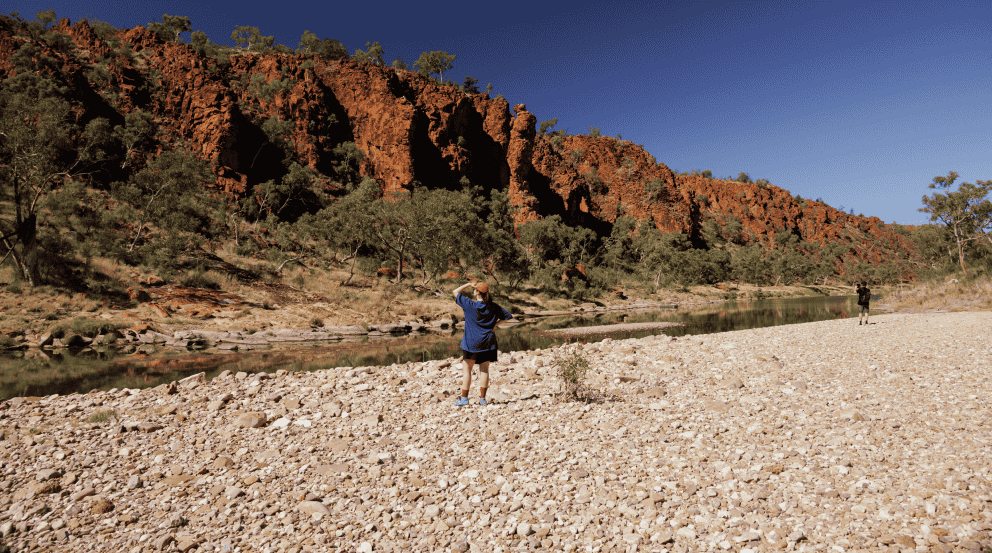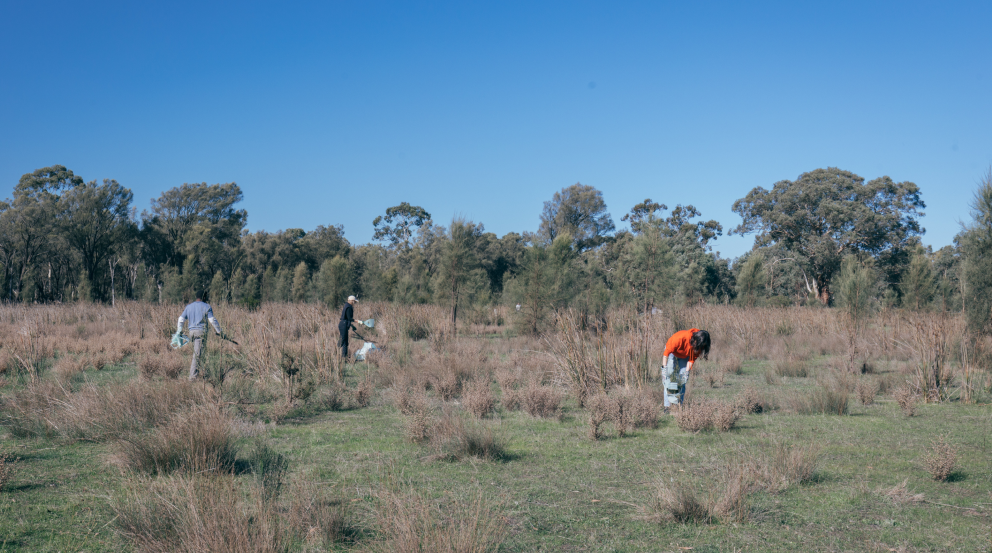Can underwear change the world? Absolutely, according to Bank Australia customer and fellow B Corp, Underwear for Humanity, who make sustainable, ethical underwear that’s good for people and the planet. We sat down with founder Kelly Barrett to learn about her business model and why she believes every business can – and should – drive meaningful social change.
Australia imports over 204 million underwear items every year, and they’re pretty much all destined for landfill. In founding Underwear for Humanity, Kelly Barrett has turned this conundrum into an ambitious business model, with social impact at its very heart.
With a background in fashion and sustainability, Kelly has been designing underwear for over 20 years. She’s spent many of those years feeling helpless against the acceleration of fast fashion, a relatively new concept. “The explosion of fast fashion has only been around since about the year 2000,” she says. “It's easy to think that it’s been the norm for a long time, but it's really new.”
Kelly would meet people working in areas like human rights or environmentalism, and felt as though her career couldn’t be useful enough to drive meaningful change. But then her thinking shifted: what if she could use the skills she has to change the industry itself, and create the kind of business she wants to see in the world? “I wanted to do something that was really radical,” she says. “A version of what I think business needs to be in the future.”
So, combining her skillset and her vision, Underwear for Humanity was born.
.webp)
Rather than trying to build sales then retrofit ethics, Underwear for Humanity has sustainability, circularity and positive impact built into its very foundations. “I was really inspired by the concept of the forest and how there is no waste; everything is utilised and has value,” says Kelly. “I wanted to put into practice all of my values – what I think should be commonplace – and take full responsibility for the product I was putting out into the world. Just making more stuff wasn't the answer.”
To break that linear pathway your undies follow from laundry pile to landfill, Underwear for Humanity has pioneered underwear recycling. They’re the only Australian company to do so, with the broader textile industry putting it in the ‘too hard’ basket.
Underwear for Humanity will happily receive your old underwear – no matter the brand, fabric or condition – to find new uses for it. The underwear is sorted by Social Engine, who employ at-risk youths. Any bras that are still wearable are donated to charity Support the Girls, who provide bras to those in need, while products at the end of their lifespan are turned into insulation. “We’re extracting every single bit of value we can from underwear,” Kelly laughs.
.webp)
Supporting social initiatives is at the centre of Underwear for Humanity’s sales model. For every item of underwear purchased, another item is donated to organisations including The National Homeless Collective, Kara Family Violence Service and Days for Girls, ensuring that people in precarious situations can access clean and comfortable underwear. “Having clean underwear is connected to dignity, and that is really significant to another human being,” Kelly says.
Underwear for Humanity also sources their energy from trusted solar-powered factories that pay workers 60% above the living wage, and they’re committed to paying the rent for operating on the unceded land of the Arakwal and Wurundjeri people. “None of these things happen before profit,” Kelly says. “They’re built into every single sale.”
The underwear itself is made from recycled nylon and elastic, organic cotton and tencel made from eucalyptus, which Kelly tells us has 43% lower emissions than viscose bamboo. All dyes are non-toxic. Most importantly, the underwear is comfortable, beautiful, supportive and durable. “If you make something that's fit for purpose, it lasts a long time,” Kelly says. After all, the most sustainable underwear is the type you’ll want to wear again (and again and again…).
.webp)
Developing her business model wasn’t easy. Despite Kelly’s two decades of experience in the fashion industry, it took a year and half just to get the product right. This included things like producing their own recycled elastic after realising they couldn’t buy any.
Kelly spent a lot of time diligently researching every aspect of the business, including who to bank with. “Bank Australia won on the ethics of investment, sustainability and community engagement,” she says. “A lot of people don’t understand how banks invest your money and that you’re supporting those investments, even if they don’t align with your values. It’s one of the most direct ways you're actually having an impact on the world.”
So, as somebody who’s thought deeply about these issues, what tips does Kelly have for people wanting to consume more consciously? The key is to consume less. “Even the most sustainable item can’t be a silver bullet to our rate of consumption,” Kelly says.
.webp)
Kelly champions consumers thinking more carefully about the impact of their choices. She doesn’t just understand when people are sceptical of her business – she encourages it. “It can be so overwhelming to research every item you need to buy,” Kelly says. “I studied clothing sustainability, and it’s complex! I want to be the person people can trust for their undies, to know how consciously every decision has been made.”
So, at the end of the day, can underwear change the world? “I think everyone and everything can change the world, with the right intention,” Kelly says. “Making a product that helps people and doesn’t harm the planet sets an example. If it works, then that model can be applied to other industries. It means we can raise the standard at which businesses need to operate across the board.”
Check out Underwear for Humanity here.
.webp)







